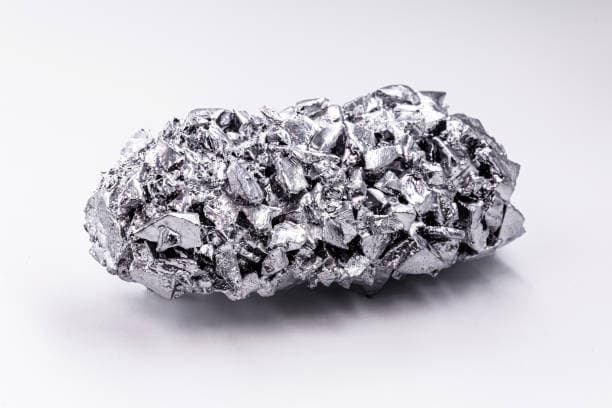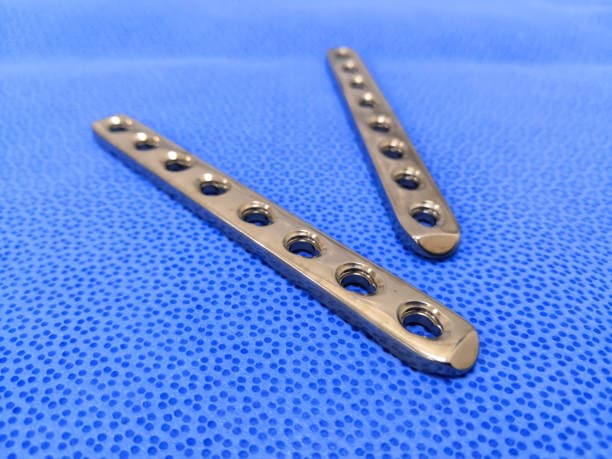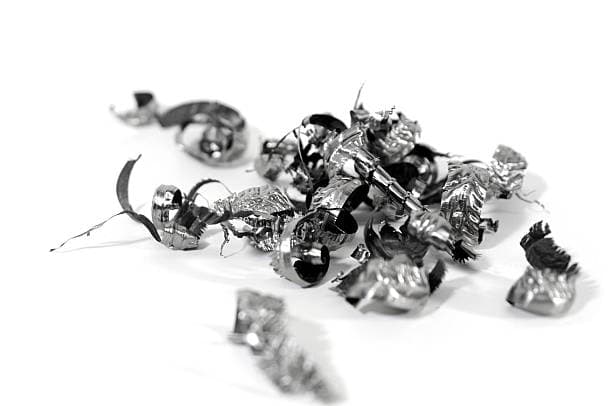The density of titanium and titanium alloy is only 4.51g/cm 3 which is less than that of steel and is only half the weight of steel, but its strength is similar to that of ordinary carbon steel.
Titanium belongs to thermodynamically unstable metals and is very active.
Titanium metal can form a natural oxide film (titanium dioxide) with air.
This strong and stable adhesion layer and a good protective oxide film determine the corrosion resistance of titanium.
Therefore, titanium has excellent corrosion resistance, followed by light texture, high tensile strength and good mechanical properties.
It is another excellent feature of titanium alloy.

Classification of titanium alloys:
Titanium alloys can be divided into corrosion-resistant titanium alloy, structural titanium alloy, heat-resistant titanium alloy, gold and low-temperature titanium alloy according to their uses.
At room temperature, titanium alloys have three types of matrix structures, and titanium alloys can be divided into the following three types: α-alloy, (α+β-alloy) and β-alloy.
1.α titanium alloy
It is a single-phase alloy composed of α-phase solid solution.
Both at normal temperature and at the highest practical application temperature, this is the α phase.
It has a stable structure, higher wear resistance than pure titanium and strong oxidation resistance.
2.β titanium alloy
It is a single-phase alloy composed of a β-phase solid solution.
It has high resistance without heat treatment.
After quenching and aging, the alloy is further strengthened, and the strength can reach 1372 ~ 1666 MPa at room temperature.
3. α+β titanium alloy
It is a two-phase alloy with good comprehensive properties, good structural stability, good toughness, plasticity and high temperature deformation properties.
It can be well processed by hot pressing, and can be tempered and aged to strengthen the alloy.
Difference Between Titanium and Stainless Steel

1. Can be distinguished by color .
Titanium is a little dark, presenting a cool color. I think is cool. Titanium is darker than steel.
The steel is white and clear.
The two colors are quite distinct.
2. It can also be distinguished by chemical methods, namely nitric acid immersion .
Titanium does not react and stainless steel will react strongly when placed on the floor.
The distinction between pure titanium and titanium alloy is difficult to see by appearance.
3. Titanium can make gray black marks on ceramic tiles, but stainless steel does not leave marks.
4. Titanium has good corrosion resistance : below 550 ℃, titanium alloy is easy to form a dense oxide film, so it is not easy to be further oxidized.
It has high resistance to losses due to gas, sea water, steam and some acidic, alkaline and soft media.
5. Titanium has good thermal resistance : the melting point of titanium alloy is 1660 ℃, which is higher than that of iron and has higher thermal resistance.
It can work below 550℃ and has better toughness at low temperatures.
6. Titanium processing is difficult : welding, electroplating and cold stretching are very difficult.
Welding and electroplating must be carried out under vacuum or under the condition of being filled with inert gas (vacuum ionic plating)
How to distinguish titanium from stainless steel ?

1. The composition is different:
(1) Titanium alloy is an alloy composed of titanium and other elements.
There are two types of homogeneous and heterogeneous titanium crystals: α titanium with dense hexagonal structure below 882 ℃ and β titanium with body-centered cubic structure above 882 ℃.
(2) Stainless steel refers to steel that is resistant to weak corrosive media such as air, steam and water, and chemical corrosive media such as acid, alkali and salt, also known as stainless and acid-resistant steel.
In practical application, steel resistant to weak corrosion media is often called stainless steel, while steel resistant to chemical media is called acid-resistant steel.
2. Different performance:
(1) Titanium is a new type of metal. The performance of titanium is related to the content of carbon, nitrogen, hydrogen, oxygen and other impurities.
The purity of titanium iodide is less than 0.1%, but its strength is low and its plasticity is high.
(2) Stainless steel:
Weldability;
Corrosion resistance: most stainless steel products require good corrosion resistance;
Polishing performance: In today's society, stainless steel products are generally polished during production.
Only some products, such as water heaters and water dispenser coatings, do not need polishing.
3. Different Functions:
(1) Titanium alloy is mainly used in the manufacture of aircraft engine compressor parts, followed by structural parts of rockets, missiles and high-speed aircraft.
(2) 304 stainless steel is widely used in curtain walls, side walls, roofs and other construction applications, but in the highly corrosive industrial or marine atmosphere, 316 stainless steel is used.

























































